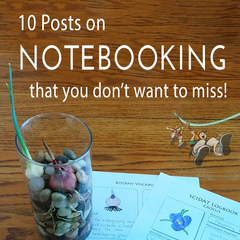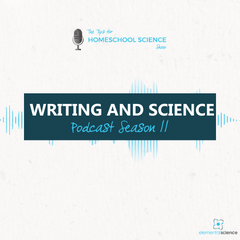Fall is my husband’s favorite season.
I’ll admit that before I met him, I wasn’t all that impressed with the season. I am more of a spring gal – love all those spring blooms!
But over the years, his love of fall has worn off on me. I have come to really enjoy the crisp mornings and the changing colors. Fall may be a sign that winter is close at hand, but it also has a beauty of its own that can’t be beat!
In the past, I have shared tips for enjoying science in winter, spring, and summer. Today, I want to share with you all three of my favorite supplies to use for fall science experiments!
3 Supplies you must have on hand for Fall Science Experiments
#1 – Pumpkins
Pumpkin lattes.
Pumpkin waffles.
Pumpkin muffins.
These days you can find pumpkin in so much more than pie during the fall season.
So you won’t be surprised when I say that pumpkins are great for science as well!
You can use the pumpkins for:
- Exploding Pumpkin Volcanoes (Scoop out the pumpkin guts and sprinkle in a cup or so of baking soda. Pour in some white vinegar and watch your pumpkin explode with white foam.)
- Watching Seeds Grow (Open up the pumpkin, sprinkle in a fair amount of dirt, enough to cover the seeds. Then, wait. Water it as needed until the seeds sprout.)
- Making Pumpkin Chunkin’ Catapults (What would fall be without some pumpkin chunkin’!)
And don’t forget to eat some pumpkin pie for me as you enjoy some pumpkin science!
#2 – Fall Leaves
One of the most beautiful parts of fall is the changing colors of the leaves.
But before those leaves fall to the ground and fade away, grab a stack for some science! You can use those fall leaves for:
- Creating Nature Prints (Follow the directions from the blog post for this one, only use fall leaves and berries instead of spring blooms.)
- Doing Leaf Chromatography (This post explains it better than I could in a sentence or two!)
- Making Tree Identification Books (Collect and press the different leaves you find on the ground around your home. Then, use them to create a tree identification book. You can add a few bark rubbings, too!)
Once you are done, check out the following video from ACS Reactions to learn why the leaves change color in fall.
#3 – Cranberries
I love to eat cranberries. And I have dried ones just about every morning with my oatmeal.
But during the fall, I like to grab an extra bag or two of fresh cranberries just for some science fun!!
Here are a few ideas for what to do with all those berries:
- Explore Buoyancy (Place some cranberries in a bowl and watch them float. Then, cut one open and see that inside a cranberry has a pocket of air that contributes to its buoyancy.)
- Make Cranberry Juice (You can make your own cranberry juice by boiling the cranberries for several minutes. As they cook stay close by, but watch out as the cranberries will “pop” open before releasing their juice.)
- Learn About Acids and Bases(Use your cranberry juice to test some kitchen acids and bases. Cranberry juice remains red in the presence of an acid and will turn a greenish-purple or yellowish-tan in the presence of a base.)
Once you are done, you can string some orange slices and cranberries together. Then, hang the fruit garland outside as a treat for the birds.
Wrapping it Up
There you have it – my top three materials for fall science experiments! If you are looking for a few additional fall nature study ideas, check out these:


